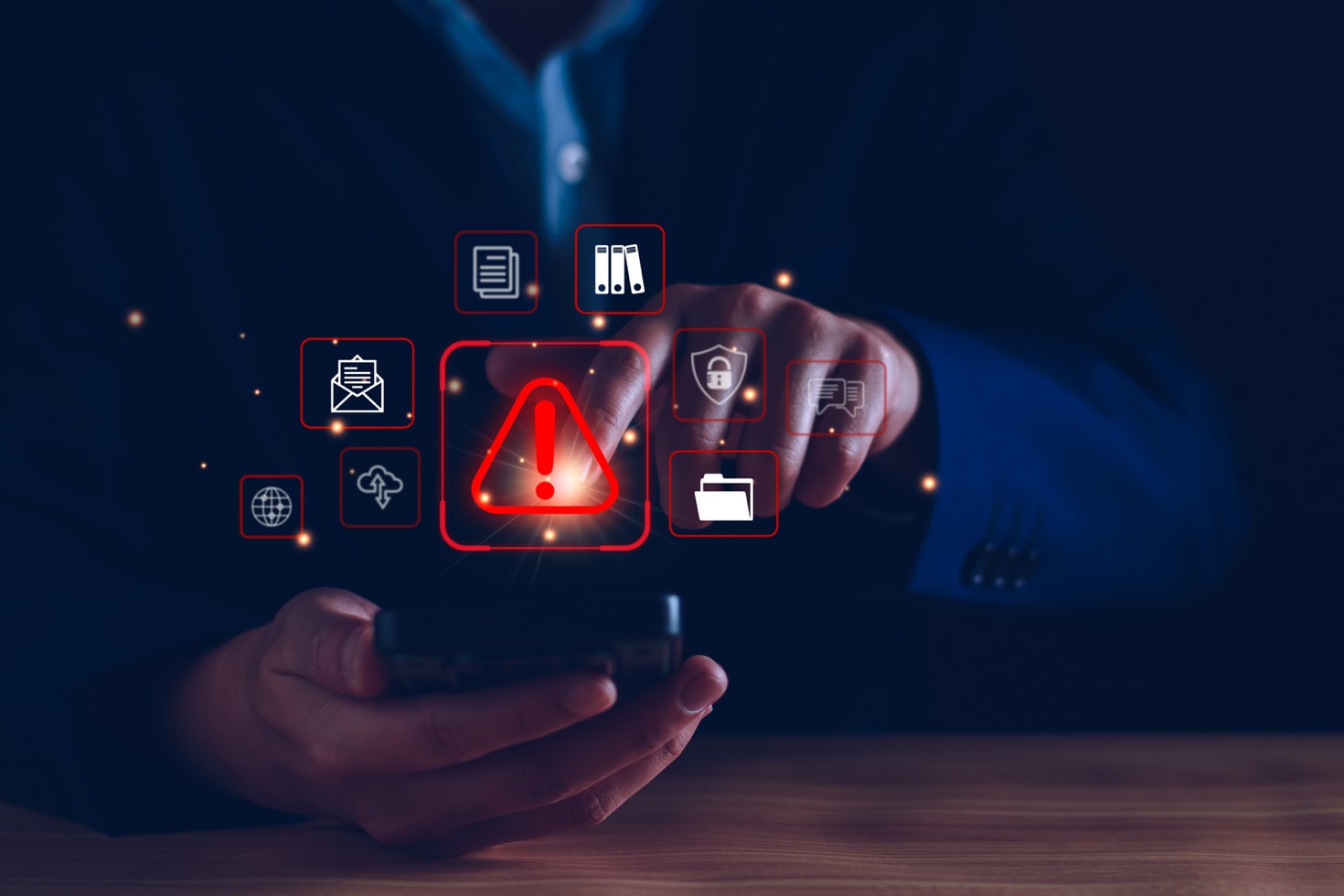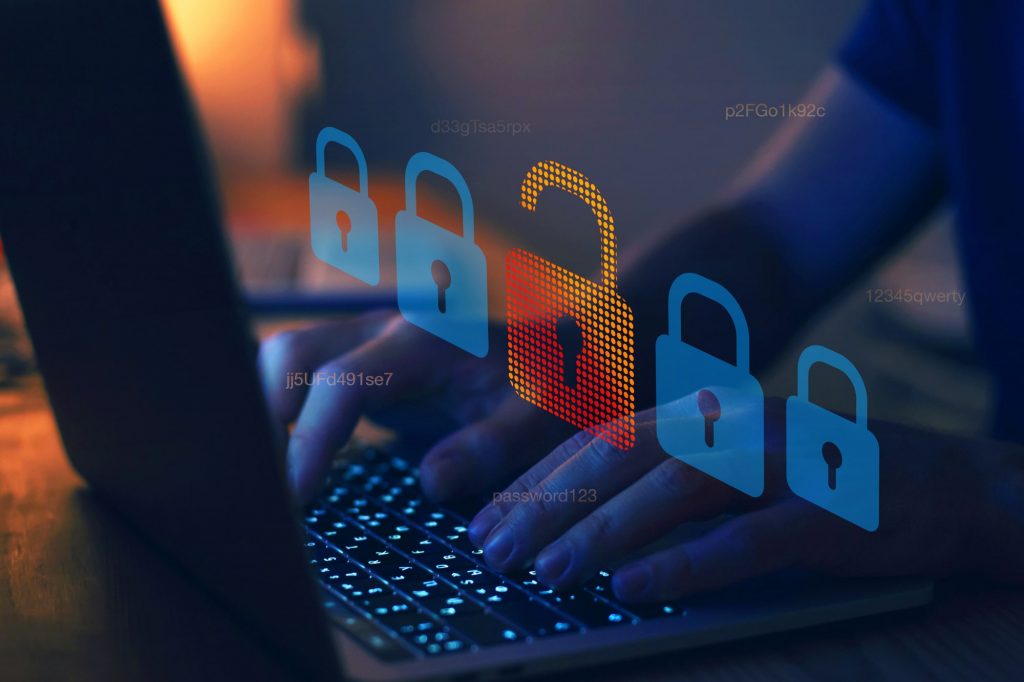These days, most businesses use the Internet to maximize their marketing efforts. While it has countless benefits, it also makes companies prone to cybersecurity risks like data breaches. Once it happens, it may result in data loss and reputational damage.
With that in mind, it’s critical to prioritize data security to protect your business from the hands of cybercriminals.
Cybersecurity risks can significantly affect your company’s operations, which can also harm your consumers. If you don’t want that to happen, read the guide below to learn how to mitigate cyber attacks or threats.
1. Hire Cybersecurity Experts
Businesses can rely on various solutions, such as ransomware detection services, to reduce cybersecurity risks. But sometimes, it’s not enough to keep your valuable data safe. Consider hiring cybersecurity experts who’ve been in the industry for years and have extensive training to deal with the latest cybersecurity threats.
Depending on your needs, cybersecurity professionals can regularly update and monitor your network and hardware. They also provide antivirus checks and know the steps to resolve cybersecurity vulnerabilities in your systems so you can concentrate on your core business operations.
Other cybersecurity experts also offer desk support to help your business deal with regular technological challenges. However, not all experts are the same.
Before you choose anyone for your company, compare your options carefully to make the right choice.

2. Provide Regular Employee Training
Another way a business can mitigate Cybersecurity risks effectively is to provide regular training for employees. Without proper training, your employees can be victims of phishing, a common cybersecurity threat that uses malicious malware in the form of links in emails.
Once your employees click such links, it gives cybercriminals access to user data like login credentials. For this reason, you should give importance to providing regular employee training that’ll help your staff be more aware of anything related to cybersecurity.
Conducting cybersecurity awareness training gives your employees knowledge of the primary forms of cybersecurity risks and the proper ways to prevent them. You must also highlight the importance of determining legit emails so they know whether to click the links.
3. Conduct Risk Assessments
A risk assessment can uncover the different vulnerabilities in your systems or existing cybersecurity protocols. It provides an overview of your company’s security controls and informs your teams about which assets require the most protection.
Depending on the results of your risk assessments, it’s time to take the necessary steps to upgrade your cybersecurity efforts. Start with the most vulnerable systems or assets to protect them from threats like data theft, ransomware, and viruses.
4. Be Smart About Your Passwords

Every business probably has its own policies on passwords. But with today’s advancement of technology, hackers may easily infiltrate your system and create havoc if you’re not smart enough with your passwords. To avoid that, use strong passwords.
Some strategies you can implement when creating passwords include:
- Your password must contain more than eight characters.
- Combine alphanumeric characters.
- Don’t use personal information.
- Settle with never-before-used and unique passwords.
If your employees use different devices, encourage them to use strong passwords and follow the above strategies. Encrypting passwords is also an excellent trick.
See also: What is the Most Secure Way to Store Passwords
5. Use Antivirus Software And Firewalls
Antivirus software and firewalls are basic tools that most businesses fail to implement properly. Some even forget to update them. But did you know they can also make a difference in mitigating cybersecurity risks?
A robust firewall is essential, as it provides a barrier against threats like ransomware and other types of malware. What differentiates it from antivirus software is that it protects your company against external threats accessing your systems. It also scans incoming traffic and blocks entry to anything malicious.
On the other hand, antivirus software protects your business against viruses or malware that are already in your system and network. It quarantines the threats to keep them from causing more damage and notifies users of the infected files.
The best antivirus software offers vigorous protection against traditional cyber threats like Trojan viruses and other standard computer viruses. It may also be effective against some forms of malware. But it’s crucial to note that antivirus software may not detect all viruses and malware, particularly if the threats are new.
6. Establish Network Access Controls
The other way to mitigate cybersecurity risks is by establishing network access controls. Most companies implement a zero-trust approach to their systems. It evaluates trust and provides user access as needed, depending on the user’s job function.
Network access controls help reduce both the impact and likelihood of cybersecurity risks due to staff negligence or employees’ lack of awareness of cybersecurity practices. So, as the number of your network users increases, be sure to establish network access controls to strengthen your endpoint security.
7. Create Backups And Encrypt Your Data
Your business can be a victim of cybersecurity attacks at any time. Hackers don’t discriminate and will attack any company they want. Because of this, it’s vital to create backups for your data. Doing so will help you lessen your downtime and return to normal operations.
An effective data backup strategy is called the 3-2-1 rule. In this strategy, you must have three copies of your data stored. Two of the copies must be stored in different storage types, and one must be in another offsite location.
Other than regular backup, ensure your confidential data is encrypted. Without encryption, hackers have a chance to access your data easily. Data encryption works by limiting data access to parties with an encryption key. It protects your data from unauthorized access and informs you when some people try to tamper with or alter the information.
Conclusion
While there’s no surefire way to prevent cyber threats, use the strategies listed above to mitigate possible cybersecurity risks that may affect your business.
The key is to proactively use the latest cybersecurity tools and apply new defensive solutions. For better results, work with professionals who can help strengthen your cybersecurity policy.
Related Posts:
- The Future of API Security: Emerging Technologies and Trends
- Benefits of Utilizing DevSecOps for Software Development
- Scam Prevention: How to Stay Safe Online
- How to Know if a Shopping Website is Legit or Fake?
- Why Partitioning Your Hard Drive Is a Smart Move for Your Data
- Don’t Get Hacked: Tips to Protect Your Cryptocurrency
- Setup Your Own WhatsApp Last Seen Online Status Tracker
